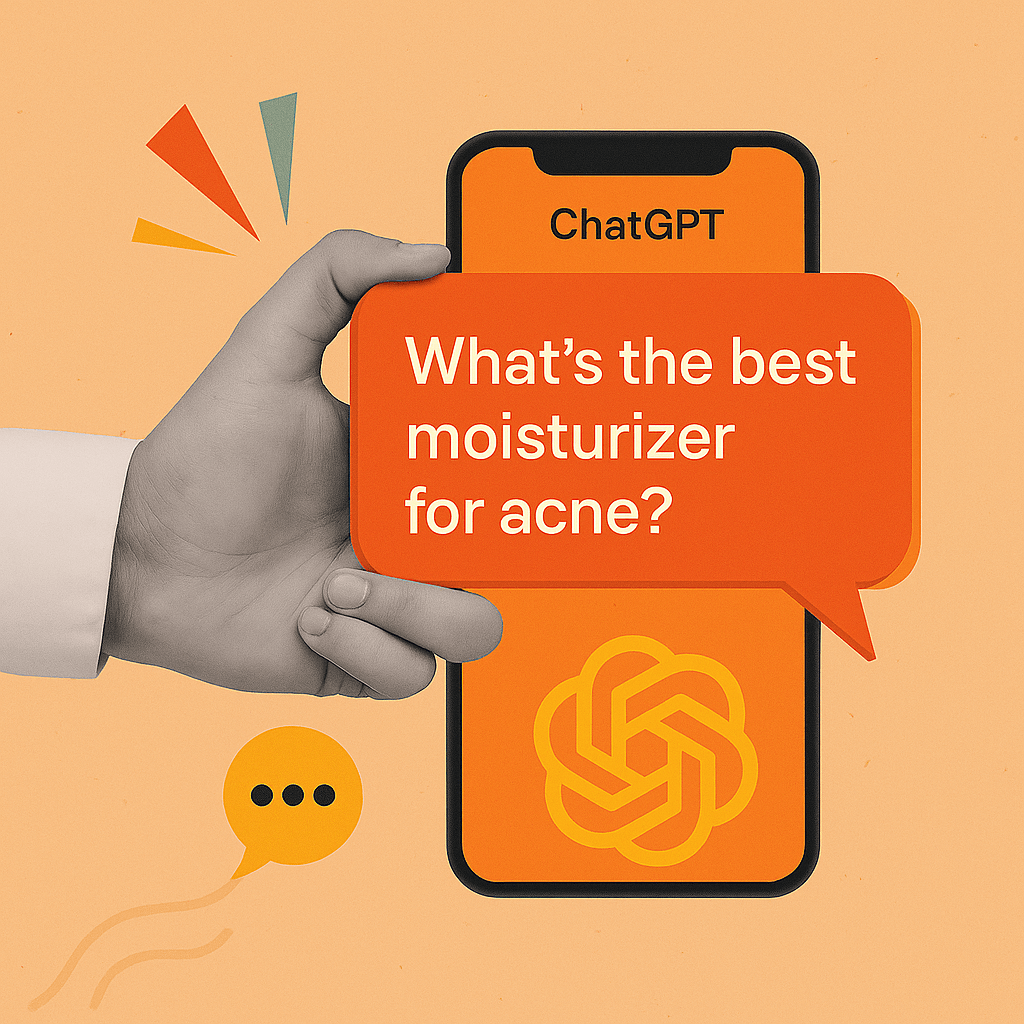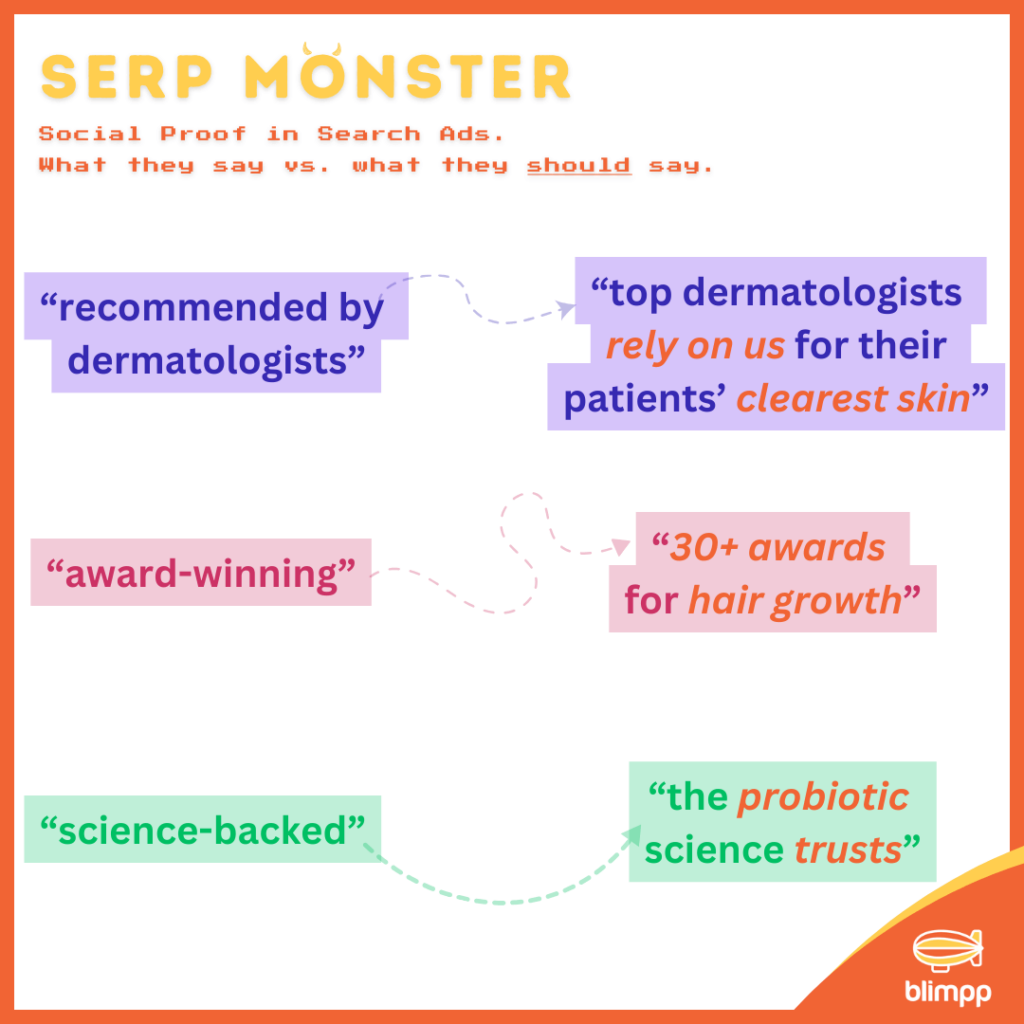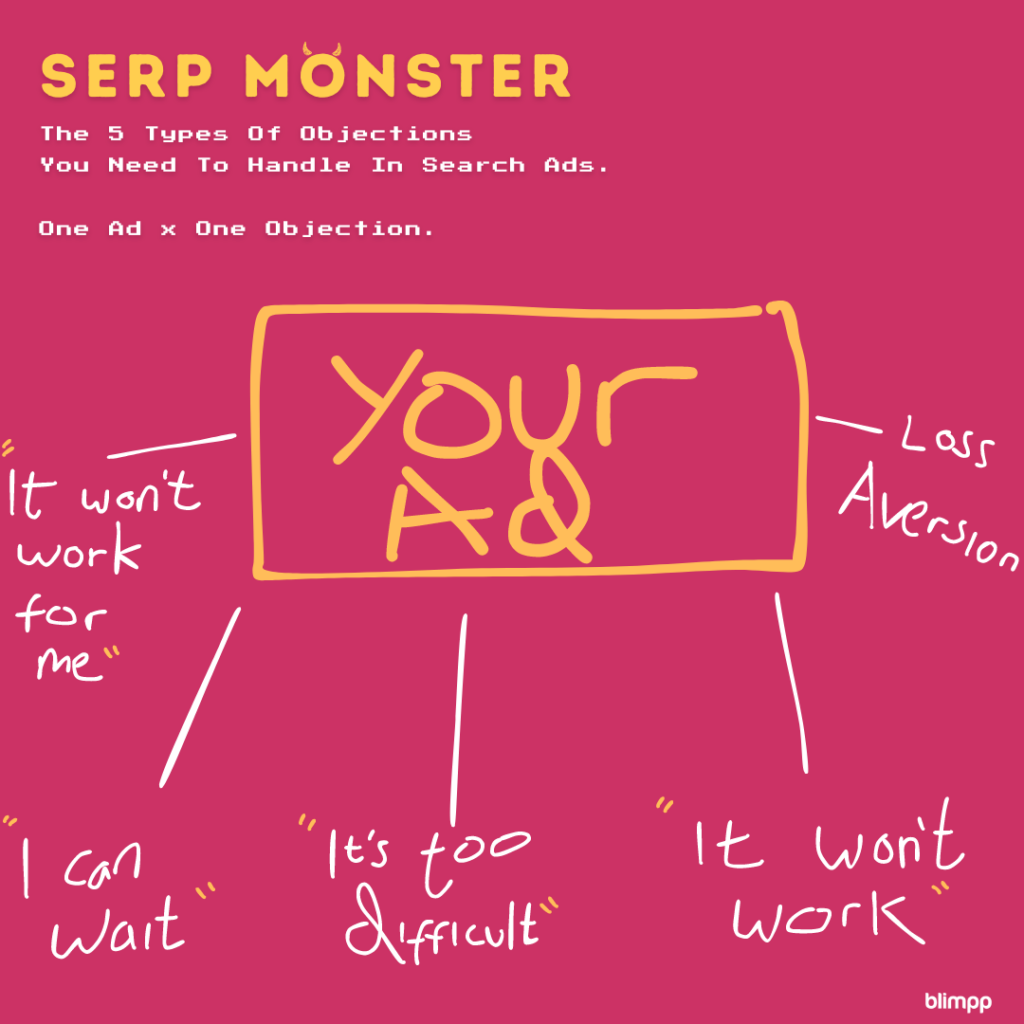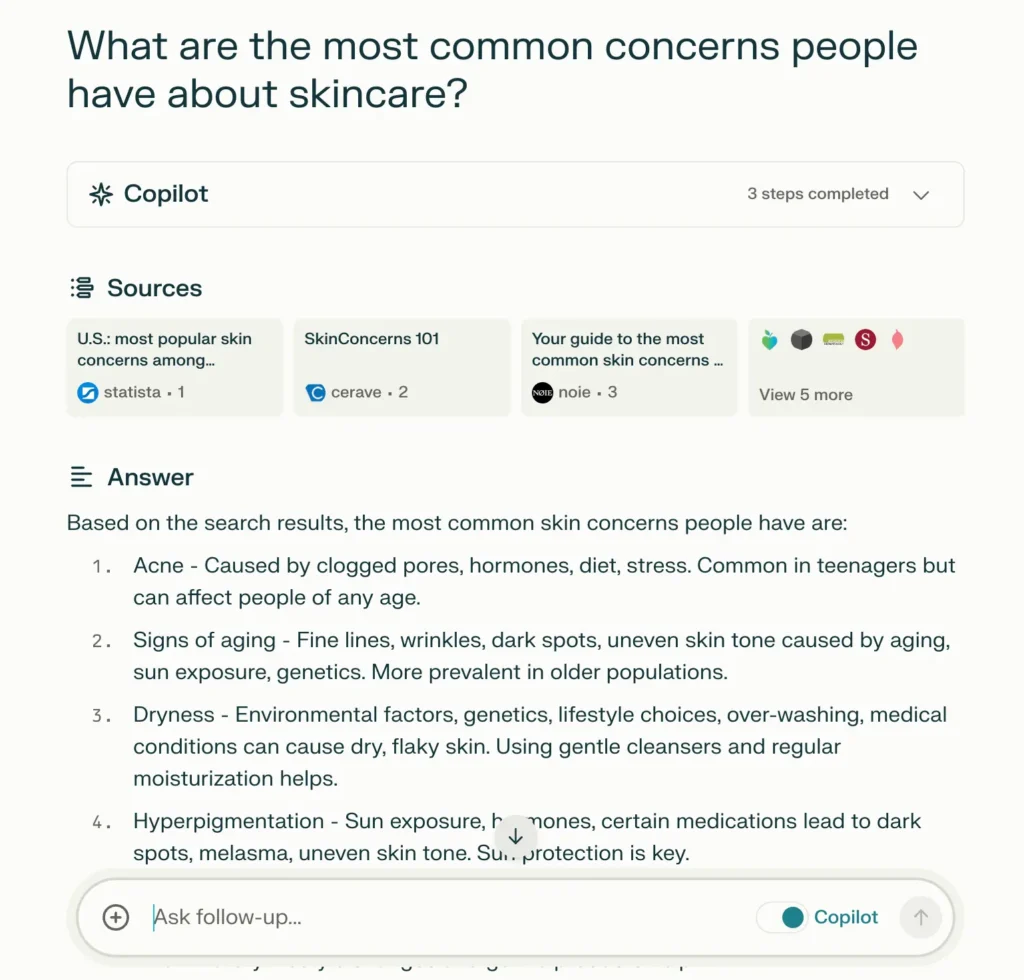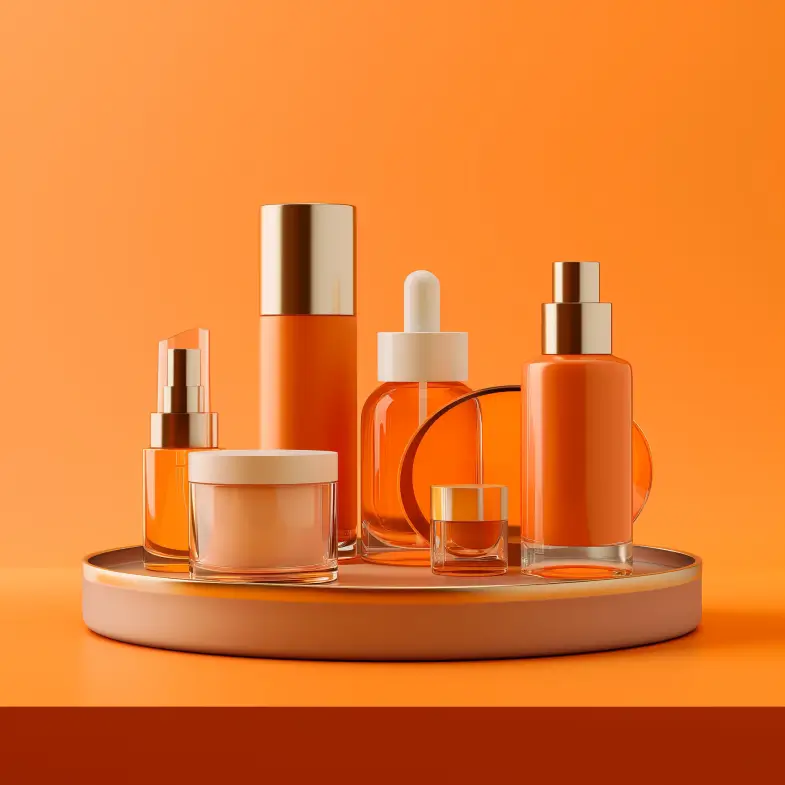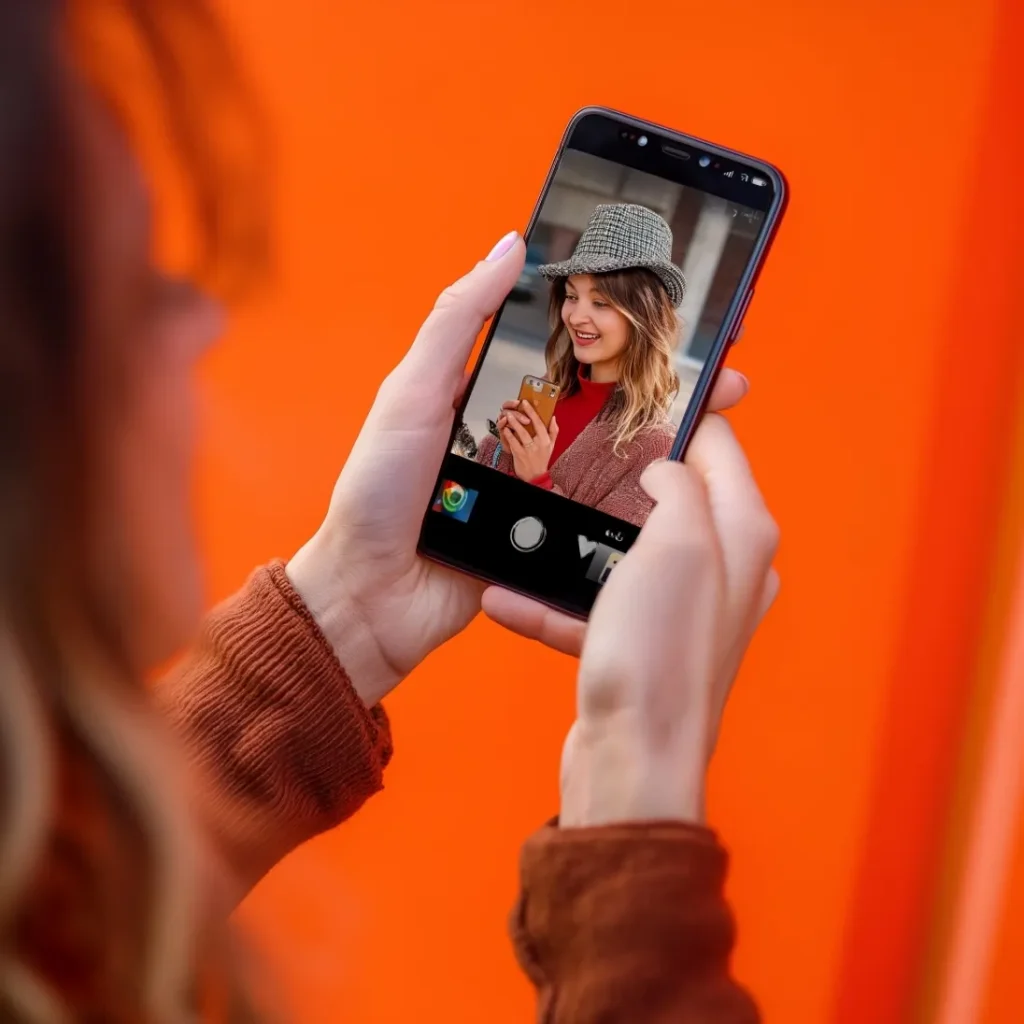
. Pick Your Platform
Different social media platforms offer unique advantages and disadvantages for skincare brands. It’s essential to understand these nuances to effectively reach your target audience and build a thriving skincare brand community.
Instagram
Instagram is a visually-driven platform that’s perfect for showcasing products, how-to tutorials, and user-generated content.
Advantages: Instagram’s visual focus is ideal for skincare brands to showcase their products and demonstrate their use. Features like Stories and IGTV allow for more in-depth content, such as tutorials or behind-the-scenes looks at product development.
Disadvantages: Instagram’s algorithm can make it challenging for your content to be seen unless you have a high engagement rate. It also lacks the community aspect that other platforms like Facebook groups offer.
Example: Since bursting onto the scene in 2014, skincare and makeup brand Glossier has leveraged its wildly engaged online community to power its rapid growth. Glossier dons its devoted followers with the nickname “The Glossies” to make them feel like an exclusive collective.
The Glossier blog, Into the Gloss, serves as a hub for this community featuring crowdsourced skincare routines from “normal” people along with product recommendations. This authentic peer-to-peer advice helps forge intimate community connections.
Glossier also incorporates user-generated content seamlessly into its overall branding. The brand’s Instagram feed features a steady stream of customer photos showing Glossier products in action. To incentivize more community photo contributions, Glossier regrams user photos on its secondary Instagram profile, Glossier IRL.
Facebook
Facebook is a versatile platform where skincare brands can share a variety of content and create dedicated groups for their community.
Advantages: Facebook allows you to create brand-specific groups where your community can engage in discussions, share their skincare journeys, and provide peer-to-peer support. The platform also supports different types of content, including text, photos, videos, and live streams.
Disadvantages: Organic reach on Facebook can be limited, often requiring paid advertising to reach a larger audience. The platform’s demographic also skews older, which may not align with every skincare brand’s target audience.
YouTube
YouTube is a platform where skincare brands can share in-depth video content, such as tutorials, product reviews, and educational content about skincare.
Advantages: YouTube is the second largest search engine in the world, making it a great platform for visibility. It also allows for longer, more in-depth content compared to other social platforms.
Disadvantages: Creating high-quality video content can be time-consuming and costly. The platform is also highly competitive, with many skincare brands and influencers vying for views.
Example: Glossier uses YouTube to share product launches, tutorials, and behind-the-scenes looks at their brand. This has helped them to build an engaged community and strengthen their brand identity.
Your Blog
Your blog is an excellent platform for building a community around your skincare brand. It allows you to share detailed information, tips, and advice that can help your customers get the most out of your products.
Advantages: A blog allows you to control the narrative and delve deep into topics that your audience cares about. It’s also great for SEO, helping to drive organic traffic to your website.
Disadvantages: Maintaining a blog requires a significant time investment.
Expert Tip

Harpal Singh
As one of the fastest growing skincare brands, The Ordinary owes much of its success to the engaged community built around the brand. The Ordinary’s website acts as a central hub welcoming both new and returning visitors into the brand community seamlessly.
Along with an extensive regimen guide and regimen builder, The Ordinary’s website equips customers with the skincare know-how that clearly positions the brand as a trusted expert and advisor. This makes purchasing Deciem products a logical way for customers to extend their connection with the knowledgeable skincare community.
